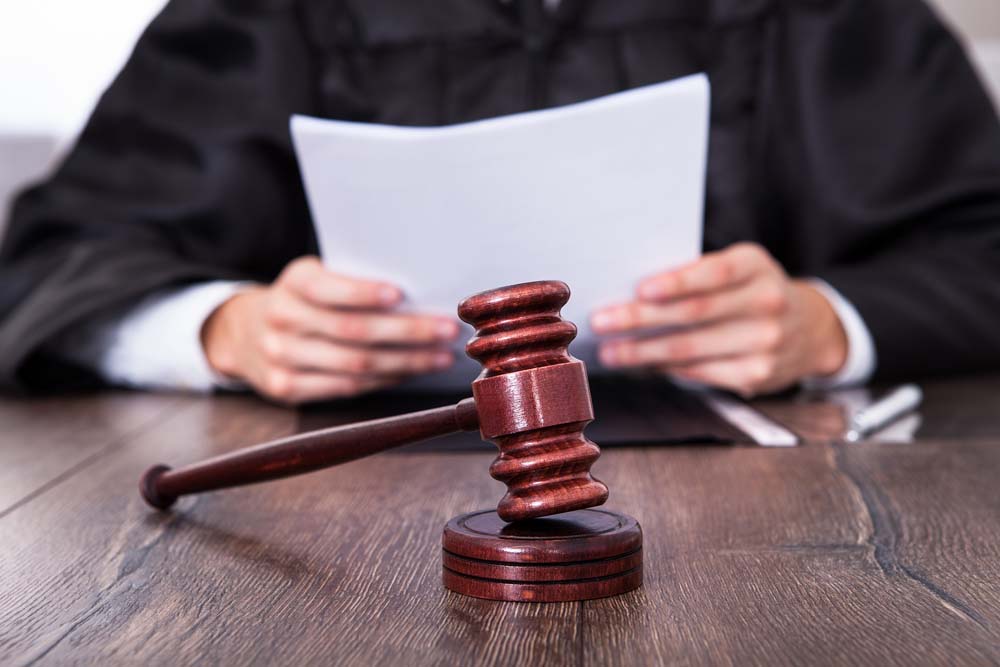Schedule a Consultation: 858.483.9200
How California Courts Interpret Contracts: What is the “Construction Against Drafter” Doctrine?
Recently, we wrote a quick description of how California courts interpret contracts. In this follow up article, we discuss the concept of “construction against drafter.” This is the final step used to interpret contracts, or the “tie-breaker,” as it has been called.
California Contract Interpretation: The Construction Against Drafter Doctrine
Essentially, courts go through a series of “if-then” steps when interpreting the words of a contract, thereby giving effect to the intent of the parties.
As discussed below, the first several steps are for the judge to decide. However, sometimes, there are factual questions about the meaning of a contract. In general, fact questions must be decided by a jury. When a jury is involved in interpreting a contract, occasionally the jury STILL cannot decide between competing arguments about what the words of the contract mean. Under those circumstances, final rule for interpreting the contract is the “construction against drafter” doctrine.
The doctrine says that, at the final step, as a “tie-breaker,” the jury should interpret the contract against the party that drafted the disputed words. See Cal. Civ. Code, § 1654. The doctrine is considered fair because the parties had control over the words that were used in the contract. In particular, the party that drafted the contract could have chosen words that were clearer and less confusing. Put another way, the party that drafted the contract caused the uncertainty of interpretation; as such, it is only “fair” that the interpretation “go against” the drafting party.
California Contract Interpretation: Interpretation as a Series of Steps
As described in the case of Wolf v. Superior Court, 114 Cal.App.4th 1343 (2004), the series of “if-then” interpretive steps mentioned above are these:
(1) Judge reads the contract
(2A) If the words in the contract are clear and understandable within “the four corners” of the document, the judge interprets the contract, makes a ruling and, in general, the case is over
(2B) First alternative: if the contract is not clear, the judge accepts and reviews so-called extrinsic evidence; “not clear” means that the words are “reasonably susceptible to more than one meaning”
(2C) Second alternative: if the parties argue about whether the contract is “clear,” the judge provisionally reviews the arguments/extrinsic evidence; if the judge agrees that the language of the contract is NOT clear — that is, the contract might be reasonably susceptible to more than one meaning — the judge moves to step 3A; otherwise, the judge returns to step 2A
(3A) If extrinsic evidence is needed BUT the extrinsic evidence is not in factual dispute, the judge uses the words in the contract and the extrinsic evidence to interpret the contract, makes a ruling and, in general, the case is over
(3B) But, if the extrinsic evidence is in factual dispute, then the judge asks a jury to resolve the factual dispute
(4) The jury reads the contract, hears testimony, and watches the witnesses and decides which set of facts is more likely true than not; mostly, this resolves the case
(5) Occasionally, interpretation of the contract is still unclear even after the jury makes factual determinations; in this circumstance, the construction against drafter doctrine is used as the final “tie-breaker” rule on interpreting the contract
Contact San Diego Corporate Law Today
If you would like more information, contact attorney Michael Leonard, Esq., of San Diego Corporate Law. Mr. Leonard’s law practice is focused on business, transactional, and corporate matters. Mr. Leonard can be reached at (858) 483-9200 or via email.
You Might Also Like:
“No Waiver” Clauses in San Diego Business Contracts
What is an Integrated or Partially-Integrated Contract?
Breach of Contract in San Diego: The Types of Damages Available






